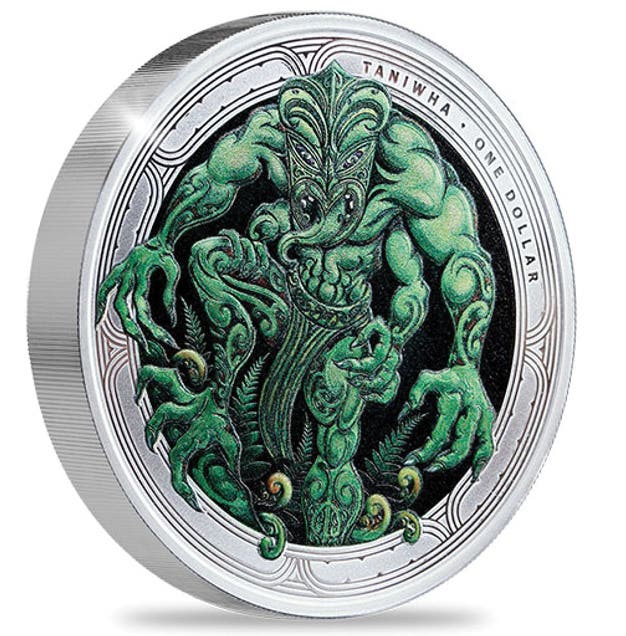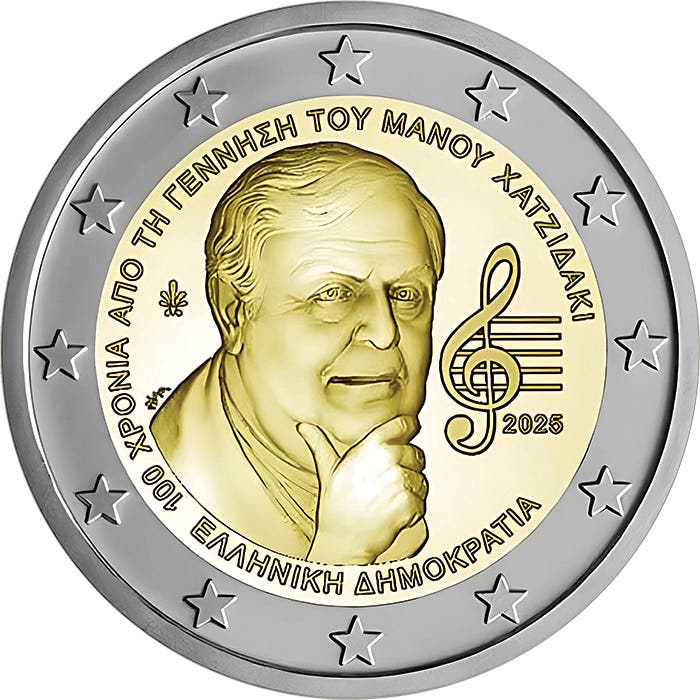1871 Shield nickel hard to figure
The historic Shield nickel does not get a lot of attention, and when it does that attention is usually limited to the with-rays coins of 1866 and 1867 or the very low mintage proof-only dates of 1877 and 1878. But virtually no one says anything about the hard-to-explain 1871.
The historic Shield nickel does not get a lot of attention, and when it does that attention is usually limited to the with-rays coins of 1866 and 1867 or the very low mintage proof-only dates of 1877 and 1878. But virtually no one says anything about the hard-to-explain 1871.
When you look at the Shield nickel and its mintages, the 1871 should stand out. The Shield nickel started with large mintages in 1866-1869, as might be expected. It might seem like small totals today, but the mintages of the period ranging from more than 14 million in 1866 to more than 30 million when you combine the two types of 1867 were in fact quite large for the time.
There was good reason as the nation had a severe problem in circulation. The hoarding of the Civil War and the suspension of specie payments during the war had seen basically all the gold and silver coins disappear. It was not much better when it came to cents, at least until 1864, as they too were hoarded. The public was forced to use stamps, token issues, Fractional Currency and just about anything else that could pass as having some value.
The corner was turned in 1864 with a new bronze cent and a bronze 2-cent piece. A copper-nickel 3-cent piece and the first copper-nickel 5-cent Shield nickel would follow. It was far from perfect but at least these coins could circulate and that meant that large numbers were cranked out from the Mint in an attempt to get some coins back into use.
The perplexing thing about Shield nickel mintages is that after producing more than 16 million in 1869, the 1870 mintage would drop to just over 4.8 million. Then in 1871, it would literally have the bottom fall out with a total of just 561,000, only to have the total shoot back to just over 6 million pieces in 1872. This was followed by another 4.5 million in 1873 and no total below 2 million until the proof-only years of 1877 and 1878.
The 1871 sticks out like a sore thumb. There were some copper supply problems in the early 1870s, but otherwise there is no good reason for the 1871 to have such a low total.
Today it lists for $70 in G-4 while the other higher mintage dates of the period are at $18-$40. In fact, back in 1998 the 1871 was $25 in G-4 at a time when the rest of the dates were $10-$15.
We find the 1871 at $375 in MS-60, up from $270 in 1998 and solidly higher than other dates from the period that seem to range from between $160 to $250. The MS-65 situation is similar with the 1871 at $2,100, well above most of the others.
The situation in MS-65 may be slightly thrown of off by the presence of proofs since the 1871 is an available Proof-65 at $1,100, which is significantly lower than a couple other dates. The fact that collectors at the time frequently obtained proofs for their collections and the better care and survival rate of those proofs is seen in today’s numbers.
More Coin Collecting Resources:
• Subscribe to our Coin Price Guide, buy Coin Books & Coin Folders and join the NumisMaster VIP Program









